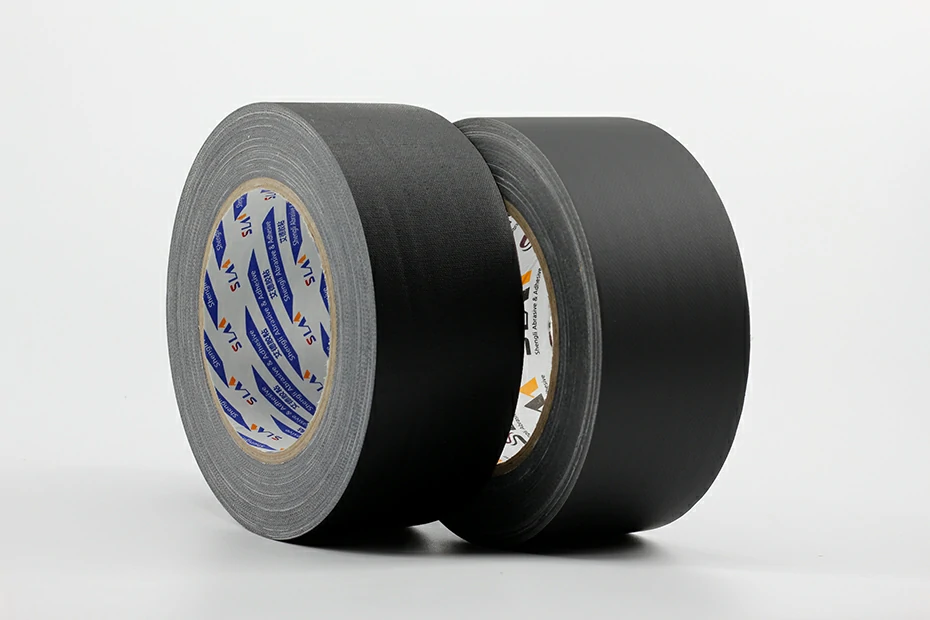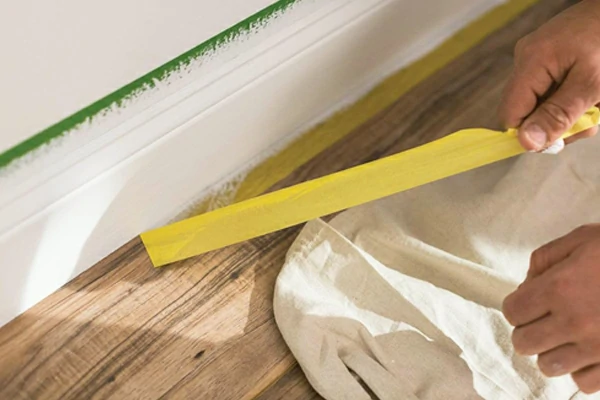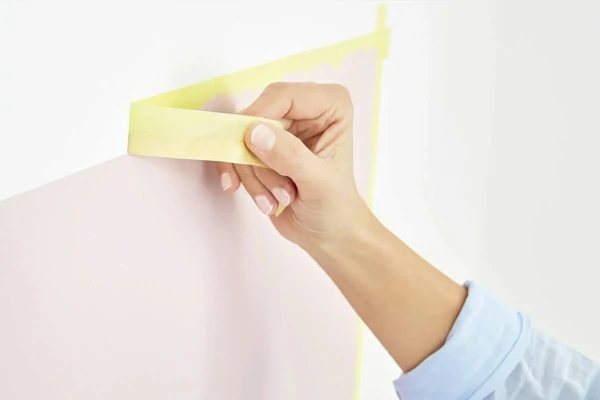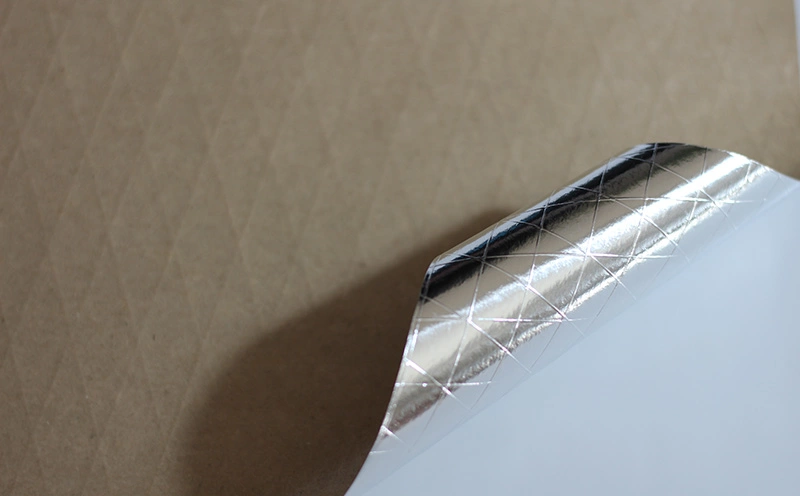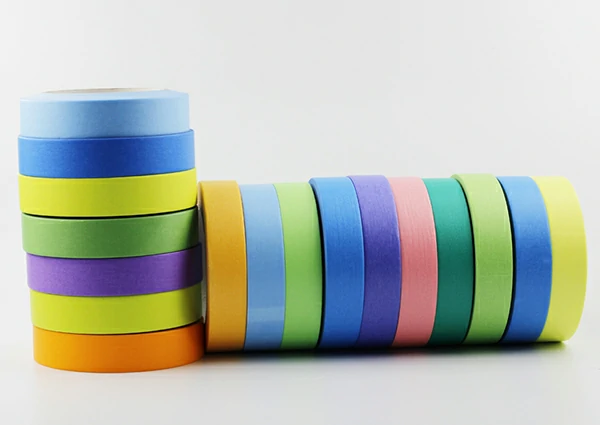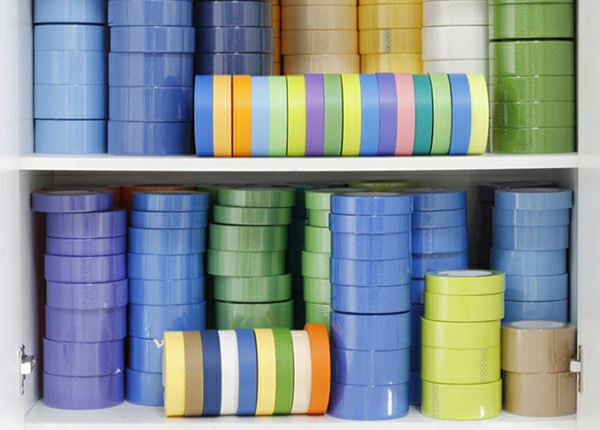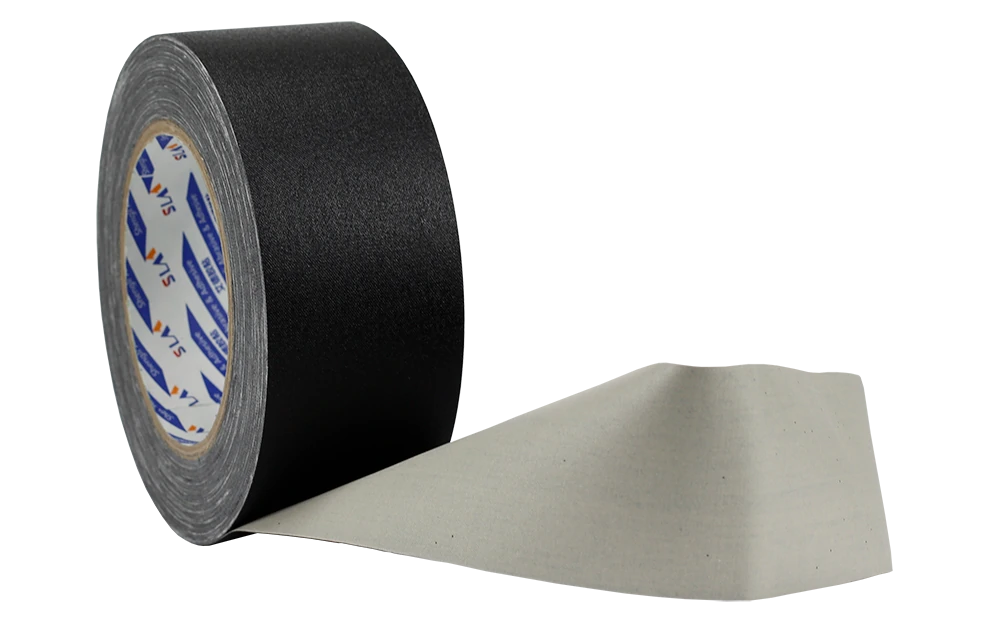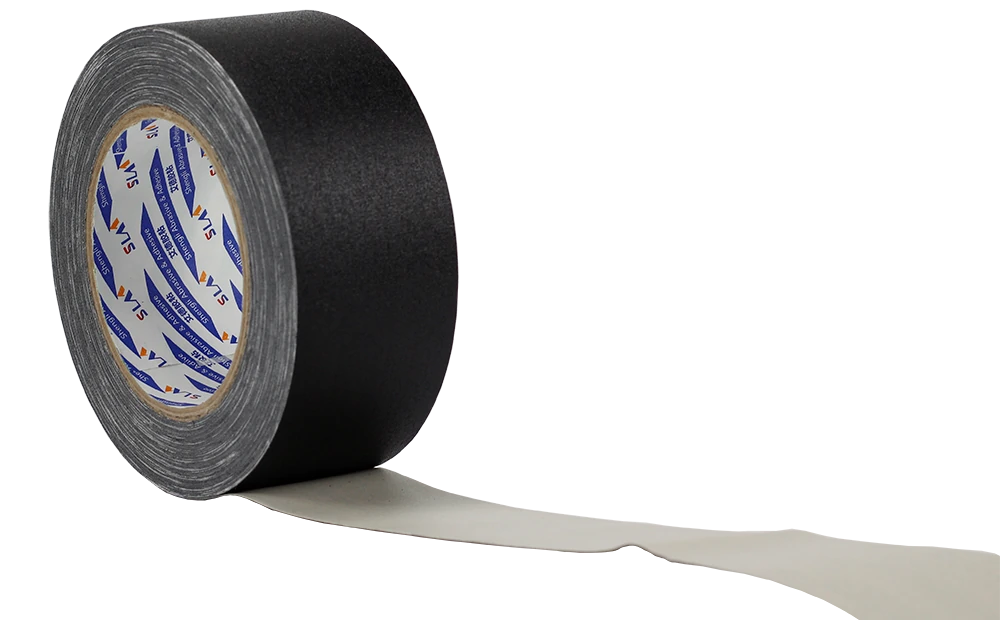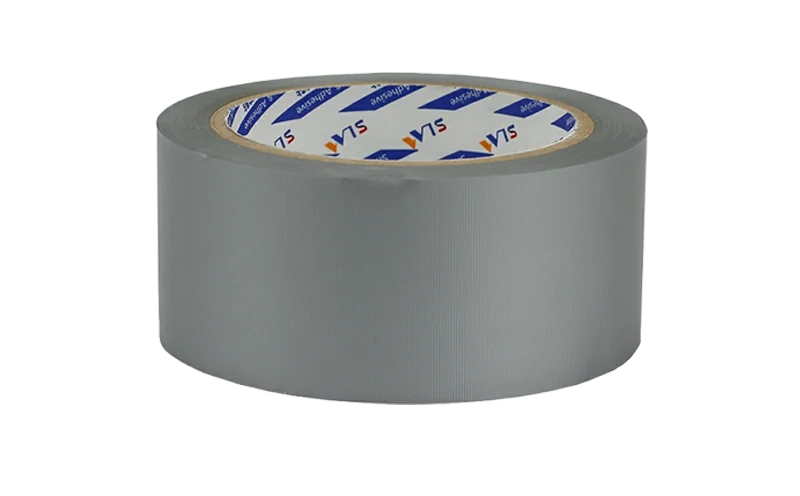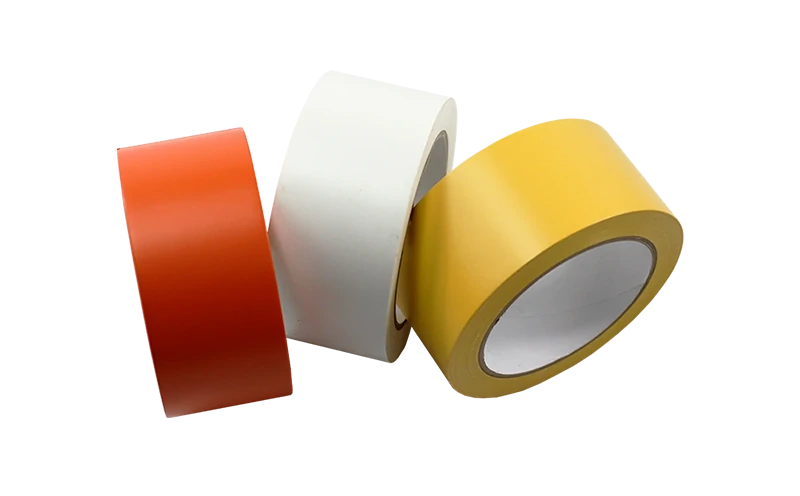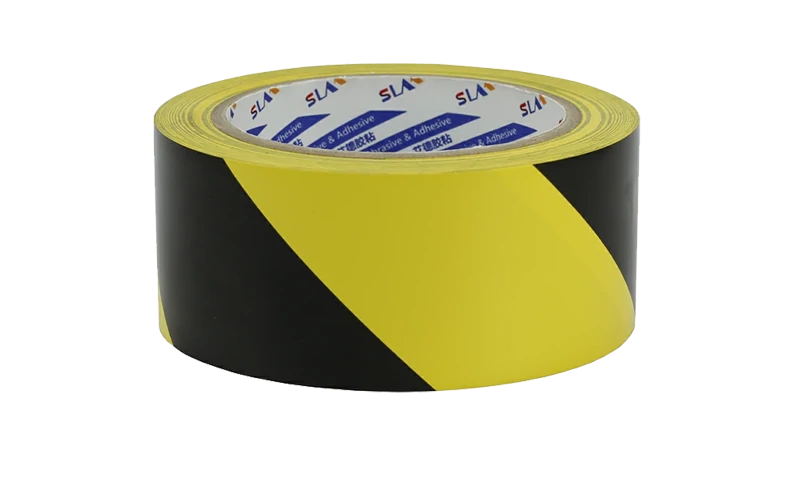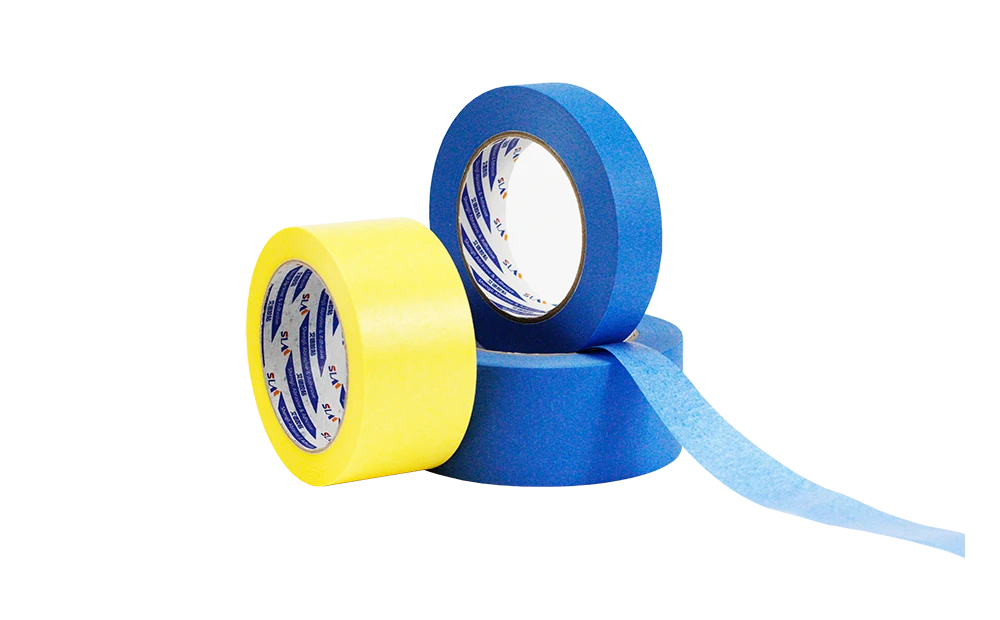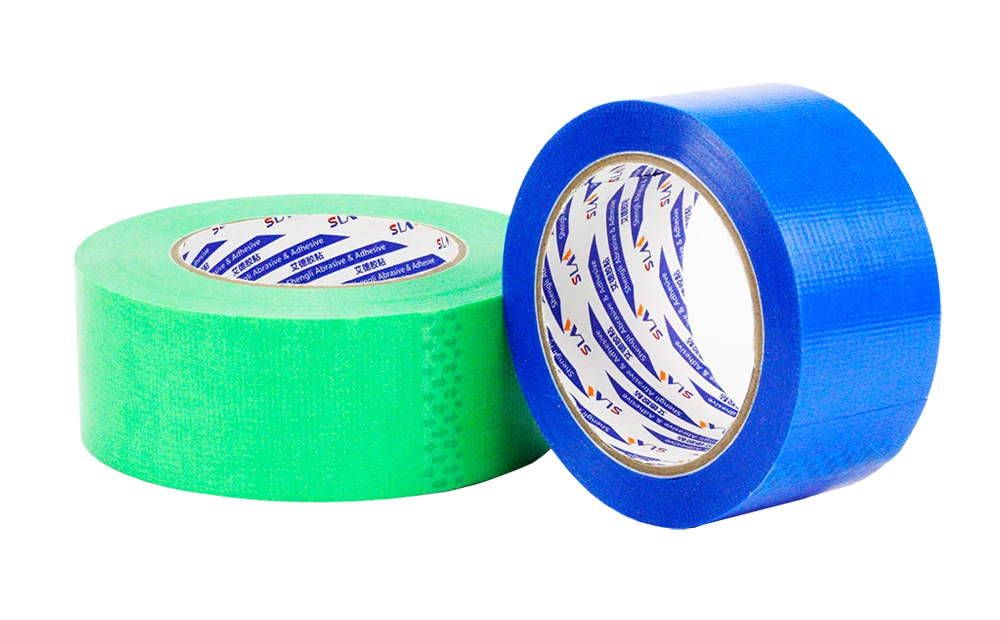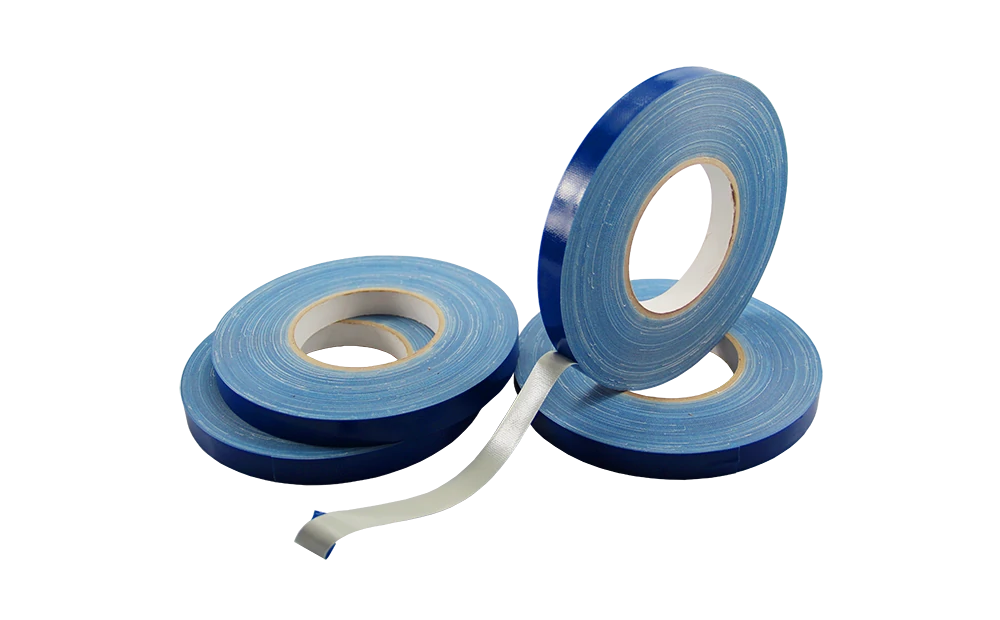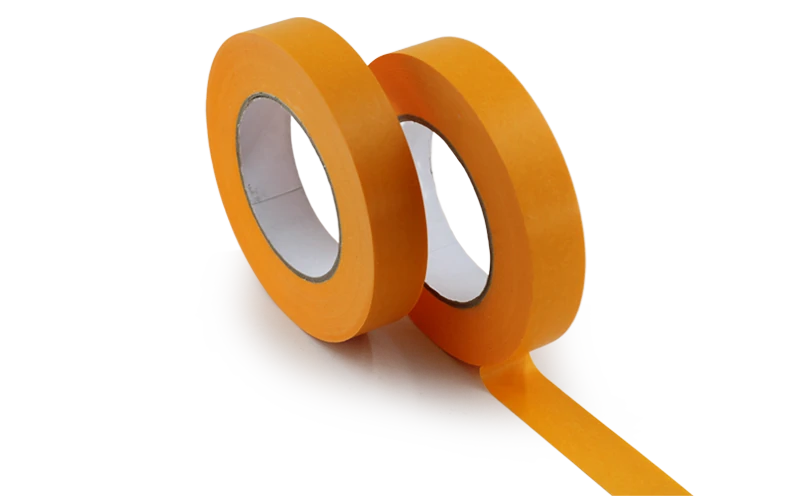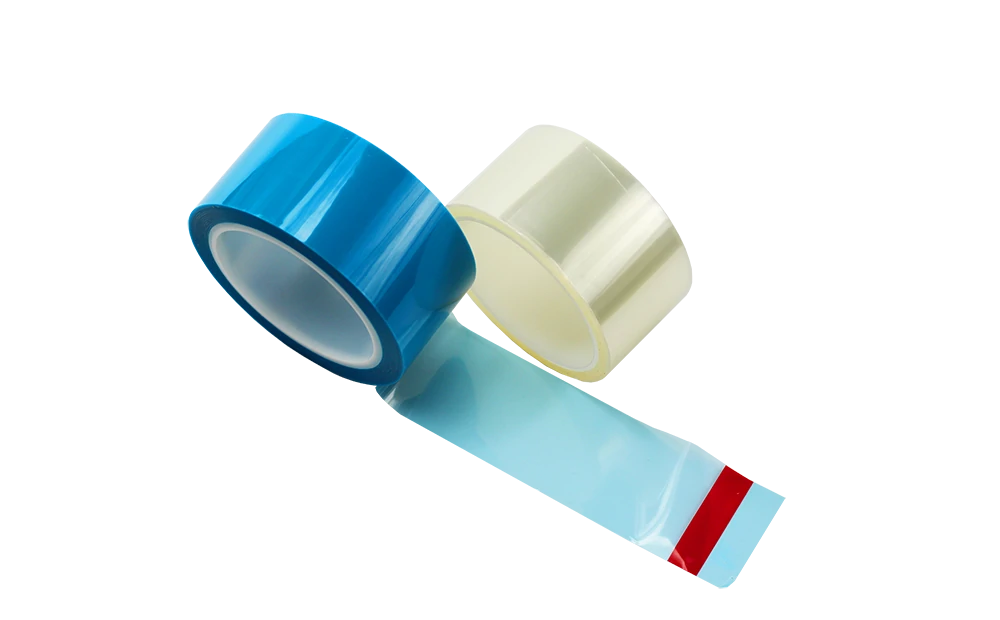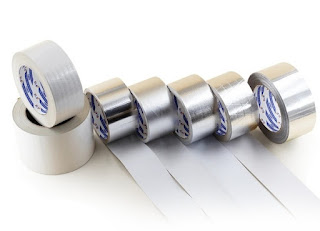Green Painter’s Tape
Sensitive-surface painters tape No.918 is a Green washi paper tape with low adhesion. It is a low tack painters tape for the preservation of delicate surfaces during the painting process, like for touch-ups and finishes on freshly paints applied on smooth or slightly textured surfaces.
| Performance | ||
|---|---|---|
| Units | Measurements | |
| Thickness | um | 95 |
| Adhesion | N/25mm | 0.5-0.8 |
| Tensile Strength | N/10mm | 34-36 |
Features
- Painter’s tape for freshly painted walls.
- Low tack, best painters tape for textured walls.
- Up to 90-days clean removal leaves behind for use indoors
- UV and water-resistant
- Color: Light green
Painter’s Tape Description
No.918 Sensitive-surface painters tape is coating with water based Acrylic adhesive on ultra-thin washi paper. The ultra-thin washi paper backing that’s easy to create a perfect sharp paint edge. The low tack painters tape can be removed cleanly without leaving residue for up to 90 days indoor after application. Green painters tape adheres without fault to smooth surfaces such as glass, paint wall, wood, or wall paper.
Painter’s Tape Applications
For paint masking smooth surfaces, sensitive surfaces.
Painters tape masking Interior walls.
Painters tape masking glass, wall paper, paint wall, windows, wood.Technical Data Sheet
Adhesive Type: Water-based acrylic adhesive.
Low Tack: Ultra-thin washi paper and low tack painters tape that up to 90-days clean removal indoor.
Backing / Carrier: Light green ultra-thin washi paper.
Total Thickness: 95 µm.
Adhesion to Steel Plate: 0.5-0.8N/cm

